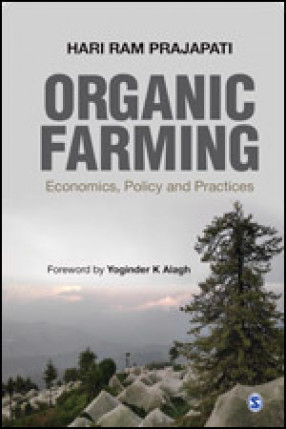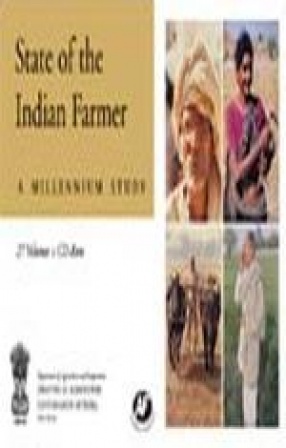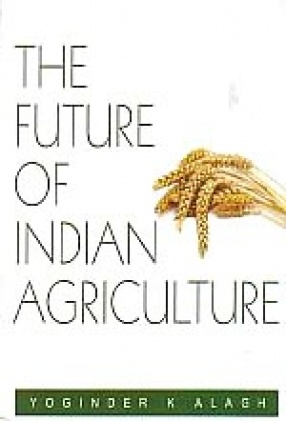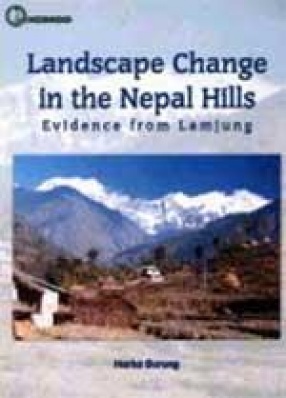Organic Farming: Economics, Policy and Practices
Organic farming has experienced steady growth in terms of production, number of growers, area under cultivation and rise in use of organic inputs across India and Asia in general in recent times. It has gradually emerged as a viable substitute for the high-cost, high-polluting mechanized farming prevalent in many parts of the world, including India. This book starts with an extensive description of the economics of organic farming. Food products are grown by two groups—conventional growers, who target the mass market, and organic growers who target either the ‘niche urban market’ or the worldwide export market. The demand for major organic food items such as milk, meat, eggs and dairy products is growing rapidly in national urban and international markets. On the other hand, the conventional grower has a large share of both national and international markets. The book clearly differentiates between the economics of these two product and farming types. The book closely analyses why some Indian states are doing better than others and why some countries are doing better than others in Asia in organic farming. It describes the state-wise growth of the organic market in India as a result of the proactive policies and actions of states which are more successful than others. The book also presents exhaustively the international organic farming rules and regulations based on four principles—health, ecology, fairness and care, which constitute the basis for the formulation of rules and regulations by all countries, which in turn further enable the expansion and development of organic farming along scientific and democratic lines.
Get it now and save 10%
BECOME A MEMBER










Bibliographic information
Hari Ram Prajapati